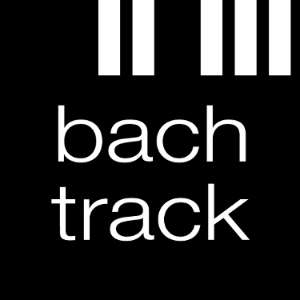To mark the Platinum Jubilee of Her Majesty Queen Elizabeth II, celebrated across the United Kingdom and the Commonwealth this weekend, here is a playlist of musical works associated with the monarch. You will find music composed for her coronation in Westminster Abbey in June 1953, plus other music performed there, some of it composed for previous coronations. We also include other works commemorating the Queen, from an orchestral piece by Eric Coates to an opera by Benjamin Britten.
Coates: The Three Elizabeths, Youth of Britain
Eric Coates composed his Three Elizabeths Suite in 1944, The first two Elizabeths to be represented are Elizabeth I and Queen Elizabeth, wife of George VI. The 18-year old Princess Elizabeth was represented by a brisk, cheerful march entitled Youth of Britain.
Various: Variations on an Elizabethan Theme
In July 1952, Benjamin Britten had the idea of writing a collaborative work with other leading composers to mark the coronation of the new monarch by taking a Tudor theme from the time of the first Queen Elizabeth – Sellinger’s Round – and each composing a variation based on it. Imogen Holst arranged the theme and Lennox Berkeley, Britten, Arthur Oldham, Humphrey Searle, Michael Tippett and William Walton wrote the variations.
Britten: Gloriana
Britten’s opera Gloriana was premiered at the Royal Opera House, Covent Garden, during the celebrations to mark the Queen’s coronation. Gloriana was the popular name given to her Tudor predecessor, Elizabeth I, and the opera concerns the relationship between Elizabeth I and the Earl of Essex. It was not a critical success, although there have been a few productions since and the opera’s Courtly Dances are sometimes performed as a symphonic suite.
Enjoy this British Pathé newsreel covering the opening night:
Walton: Te Deum
William Walton's dramatic Te Deum was written specifically for Queen Elizabeth II’s coronation, full of antiphonal effects and some lively brass interjections. Walton himself seemed very pleased with his efforts, writing: “I’ve got cracking on the Te Deum. You will like it, I think... Lots of countertenors and little boys Holy-holying, not to mention all the Queen’s Trumpeters and sidedrum.” Here it is played at the Coronation itself:
Bax: Coronation March
As the congregation and Britain’s newly crowned monarch left Westminster Abbey, a new Coronation March by Arnold Bax was played, slotted between two of Elgar's famous Pomp and Circumstance Marches. This turned out to be Bax’s final orchestral work as he died later that year.
Dyson: Confortare
The very short coronation anthem Confortare (Be strong and of a good courage) was composed by George Dyson. 1953 was an auspicious year for the composer. It was also the year be became a Knight Commander of the Royal Victorian Order.
Walton: Orb and Sceptre
Walton was a busy chap in terms of coronation music. As well as his Te Deum, he also composed the coronation march Orb and Sceptre, having previously written Crown Imperial for George VI’s coronation in 1936 (which was also played in 1953). The recording here was actually made before the coronation took place. Walton flew from his home in Ischia to record it with the Philharmonia Orchestra in March 1953.
Parry: I Was Glad
The choral introit I Was Glad is traditionally sung at coronations. Hubert Parry’s very famous setting was composed in 1902 for Edward VII’s coronation, but was also played at Queen Elizabeth II’s.
Elgar: Pomp and Circumstance March no. 4
Elgar’s Pomp and Circumstance Marches are extremely well known, especially no. 1 which is sung every year at the Last Night of the Proms modified from the “Land of Hope and Glory" section of his Coronation Ode for King Edward VII. However, no. 4 is just as fine and captures the spirit of Edwardian London, with a great tune in the central Trio section.
Handel: Zadok the Priest
We have to go back to 1727 for the final work in our playlist. Zadok the Priest is the best known of Handel’s four coronation anthems and was composed for King George II. The biblical text refers to the crowning of King Solomon and has been used in every coronation since that of Edgar in 973. It’s an exciting, uplifting anthem, especially in this fleet performance:




